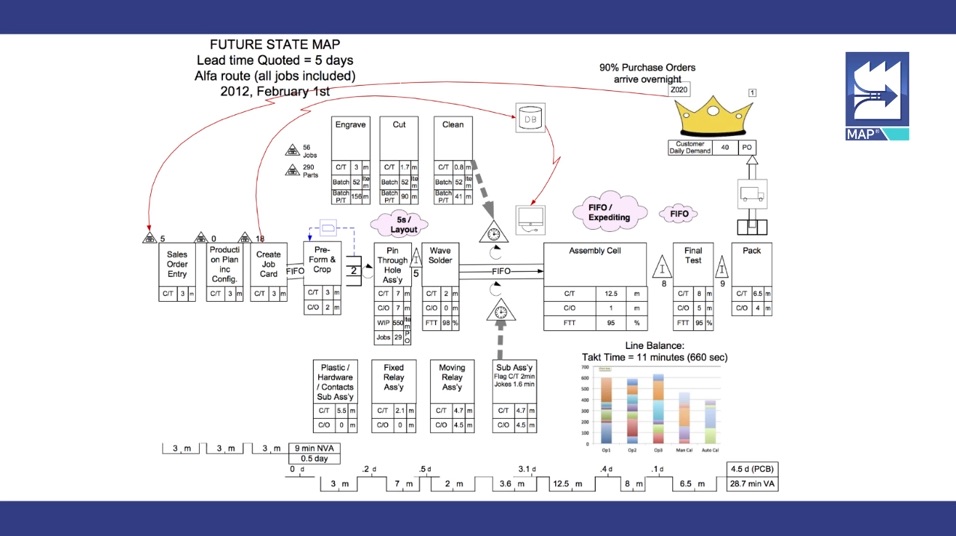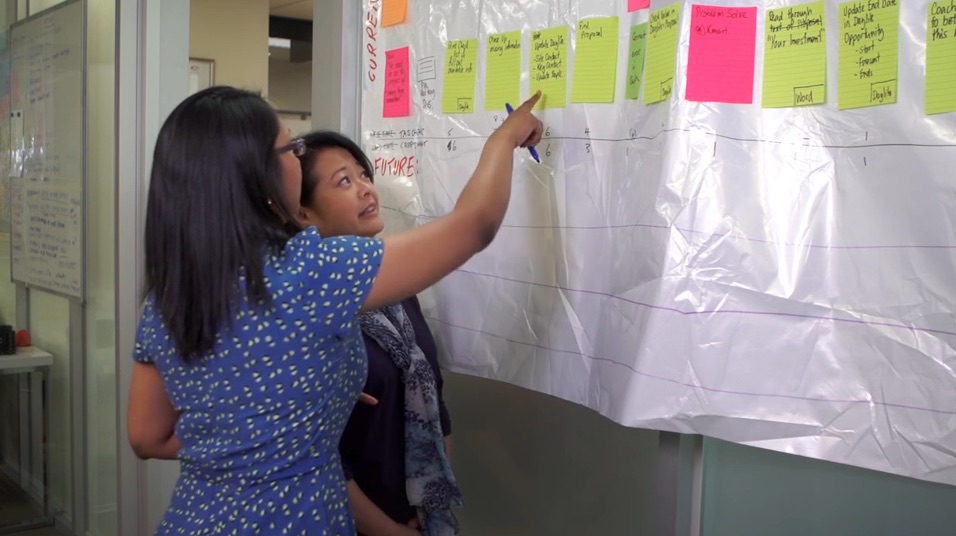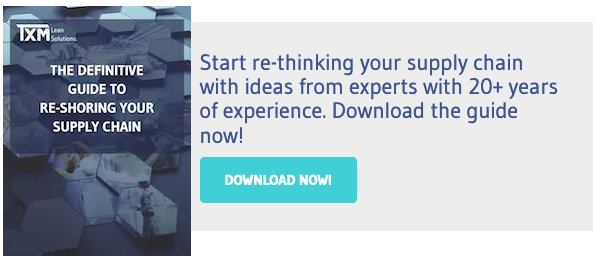Where to Begin Identifying Your Key Value Streams?
Beginning your Lean journey can be daunting, especially when “everything” seems to be going wrong and you don’t know where to start. At TXM we suggest you begin by identifying your key value streams within your business and use this knowledge to target your initial improvements as you learn and develop the approach that will work with your business and team. Whether you are in the manufacturing or service industry, identify how you add value to your customers will establish your value streams.
A “Value Stream” can be simply defined as the process that creates what your customers are willing to pay for. In every value stream, there are many actions required to come together to create this value or service. In these actions there are some actions that create no or very little value. We consider these actions to be waste, (“muda” in Japanese).
While these waste actions do not directly create value, there are some that are unavoidable due to current technology, safety and quality reasons. Reducing these waste actions have significant impact because it will have a dramatic effect on your company’s bottom line. Also we must remember that a value stream can be both internal and may include external suppliers in addition to internal processes.
Why do you need to spend time understanding your value stream? It is important for two reasons: One is it enables you to group products by the processes that make them. Secondly knowing the value stream allows you to focus on a set of linked processes and helps to prevent distraction in your analysis.

Three Steps to identify your Key Value Streams
1. Start with Grouping Your Products
Grouping your products is a simple process based on process steps, machine step or like services (accounts receivable.) You need to create a matrix that cross references the process steps (manufacturing steps) with each product line. Those products that use the same processes (or have a high percentage of the same process steps) belong in the same value stream. Even if these products may have different end users, or go to completely different customers, it’s the process steps that define the value stream, not the end users.
2. Select One Product Family
After grouping your products, we can then choose one Product Family to focus on as we begin implementing the principles of Lean. This decision depends on your business situations and which elements of your company needs improving. Some of the factors you may consider are :
1. Highest Product/Service volume based on Sales values
2. Highest Product/Service volume in units
3. Products/Services with the highest errors or defect rates
4. Products/Service with the highest customer related issues.
5. Products/Service that require the most management time.
3. Conduct an Initial Walk-Through
Once a focussed Product family has been selected, we will want to go to the factory or office where the processes are completed, so we can see for ourselves how these produce are created of the services processed. When you make the initial walk-through, begin with the customer and work backwards through each process. As you walk through, consider how customer orders are processed, how work on the shop floor is triggered, how orders are transmitted upstream, how materials are supplied, and how products get from the last step in the process to the customer.
After walking through, you will be well on your way to identifying and gaining a rudimentary understanding of your value streams and how they flow through the factory. The next step is to create a current state value stream map, which will give you a more detailed picture of your value stream.

The Value Stream Mapping Process
You are now ready to document your process onto a value stream map. With the value stream identified you can begin the task of mapping this value stream. By actually walking this value stream on the plant floor, or the office (for Office Lean), and noting the work time (value-added time) and the non-valued -added time you will create a visual map. This current state map allows us to see future areas for improvement based on the collected data.
Remember, the purpose of a value stream map is to develop a common understanding and identify activities that don’t add value to the end product. By eliminating these activities you will gain a faster through-put, higher level of quality and reduced inventory. These improvements start with the analysis of the value stream and to do that you must first identify this stream.
If you need any help with indenting or mapping your value stream please contact your local consultant for more information.






